Flash Powder Projects {Workshop Review}

I’m proud to be apart of the “Flash Powder family,” an extension of the supportive, encouraging community rooted in a week-long workshop called Flash Powder Workshops led by Jennifer Schwartz and David Bram (pictured above). I attended the Highlands, November 2015 retreat along with Douglas Brull, Natasha Holmes, Jarvi Kononen. This is my review of the workshop.
Executive Summary (for Artists)
If you only read one thing: Stop procrastinating! Do work for you and no one else. Period.
Read on.
Flash Powder Workshop Review
Big. Deep. Breath.
It’s over now.
And as I sit here alone, tired from staying up late more often than not for the past few months. I feel something vaguely warm, like a glow of campfire embers. What I experienced I won’t forget. It’s something unique I can’t put my finger on.
Part of the feeling comes, I’m certain, from the meeting of new artists in the Highlands to experience a workshop retreat by Flash Powder Projects. One of the joys of attending a workshop is being thrusted together with a group of photographers passionate about their art. As a new father, another joy stems from getting more than one night of un-interrupted sleep. And the third: gain momentum and perspective towards launching my photographic projects forward.
I sought goals and plans. I needed craved guidance and knowledge. It wouldn’t be easy, thanks to the pesky Gap of Confusion (more on that, here).
Yet, this type of opportunity comes only once in a blue moon I told myself. If I am going to do something, I’m going to do it with all my energies focused. I must squeeze everything out of the experience, especially to justify a week away from my young family, my clients, and the 24-7 barrage called “running a business” not to mention the $2400 workshop cost, travel, and additional food and incidentals.
Before we dive in, If you are new to some of my workshop reviews, be sure to check out my on-going blog post series on choosing a (wedding) photography workshop and 11 tips to get the most out of a photography workshop. Education ain’t cheap. This is one of the most important decisions in your creative business, bar none. You can waste or save money/time attending one. The difference? It boils down to the critical thinking before choosing one, being “locked on” during, and giving ample time to fully decompress and reflect (I needed it).
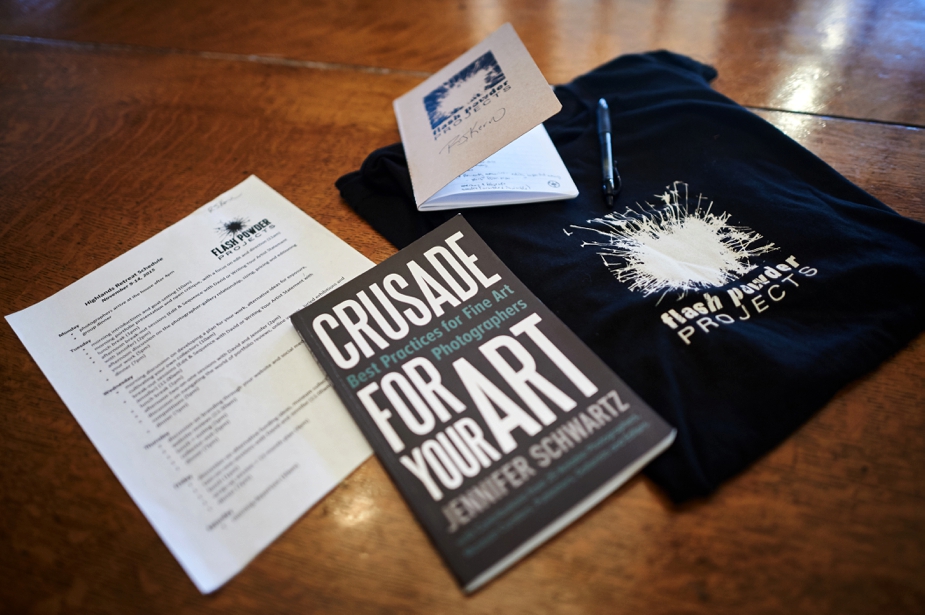

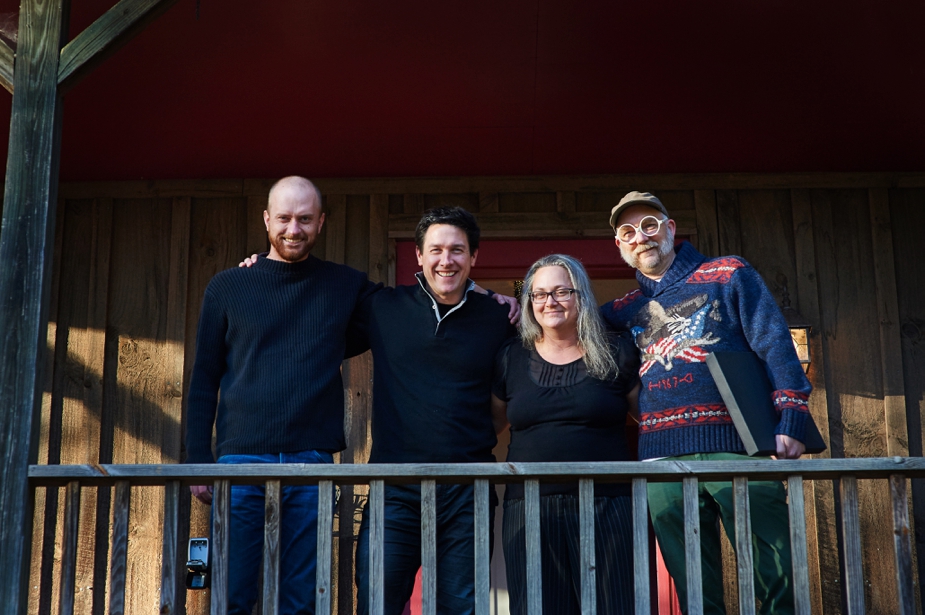
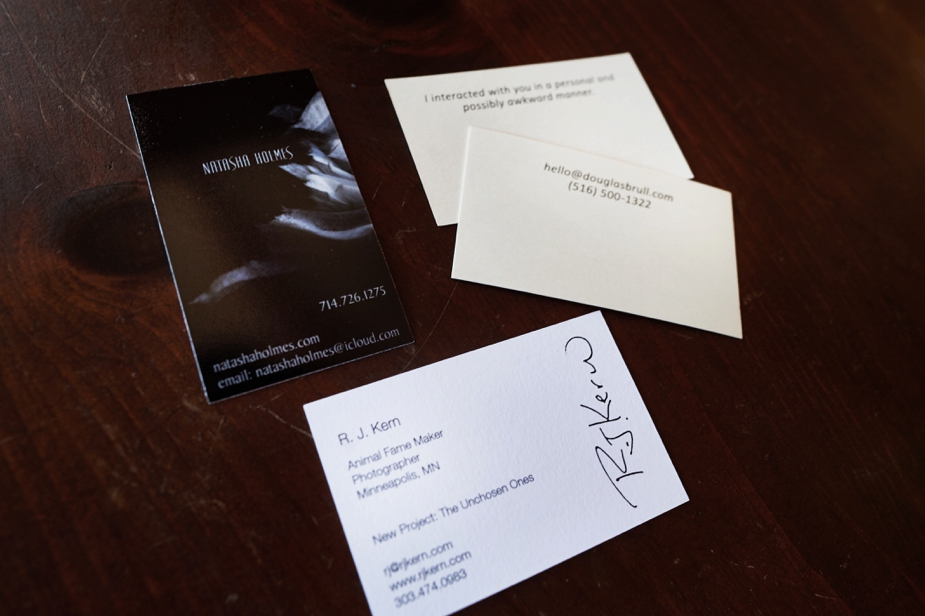
Flash Powder, Discovered
A bit of background: I was introduced to Flash Powder workshops by Liz Arenberg, a friend I met at Review Santa Fe (I share my reflections here). She had attended their workshop earlier in the year. She spoke highly of her experience. Testimonials rock, my favorite way to do business. One of my reviewers, David Bram, liked my work and we connected well in Santa Fe (I always recommend meeting your instructor before you purchase any workshop). I admired Jennifer Schwartz, the other co-leader, and have a little crush on her book and her Crusade for Art. We both went to Colgate, too. Go ‘Gate! I had never met her in person, so I was going off her reputation and accomplishments. I do like a good tag-team approach, weaknesses balanced with strengths with a fair well-rounded approach with professional associations in top-notch (check!).
I went with my gut, mailed my $500 deposit.
The Location
I had never heard of the Highlands, despite growing up in eastern NC as a kid. Atlanta was the closest big airport, so I figured I’d rent a car and make the drive (an additional cost… I hate being nickled and dimed). First, I had to stop in to see my dealer, Capture Integration, and connect with Dave Gallagher. I see him once a year usually only for a few minutes, but it is always worthwhile. I enjoy buying my gear from him and his team, all at the top of their game, energy and zest you feel the moment you walk in to the place. Seeing them on home court for the first time was a treat. I was interested in getting my hands on the new PhaseOne 645 XF camera and testing it out. It met expectations. Dave sent us out the door with some really nice red wine to share with the group (he knows me). He also imparted these words: “Enjoy yourselves.”
It hit me.
So often we work and work and work. It’s good to play. To create. To learn something new.
“We certainly will,” I promised.
It was at that moment, I realized the next few days was going to be less of “work trip” as a “fun retreat.”
Jarvi entered just as I was wrapping up. We shook hands, like old friends even though that was the first time we’d ever met. He flew the red-eye from Seattle, and we met to car pool up to the workshop. We hit it off right off the bat, lots in common.
This gentle reminder served as the capstone of my experience. I felt fortunate to have the time and opportunity to attend the workshop, and for that I want to get out of it as much as possible.
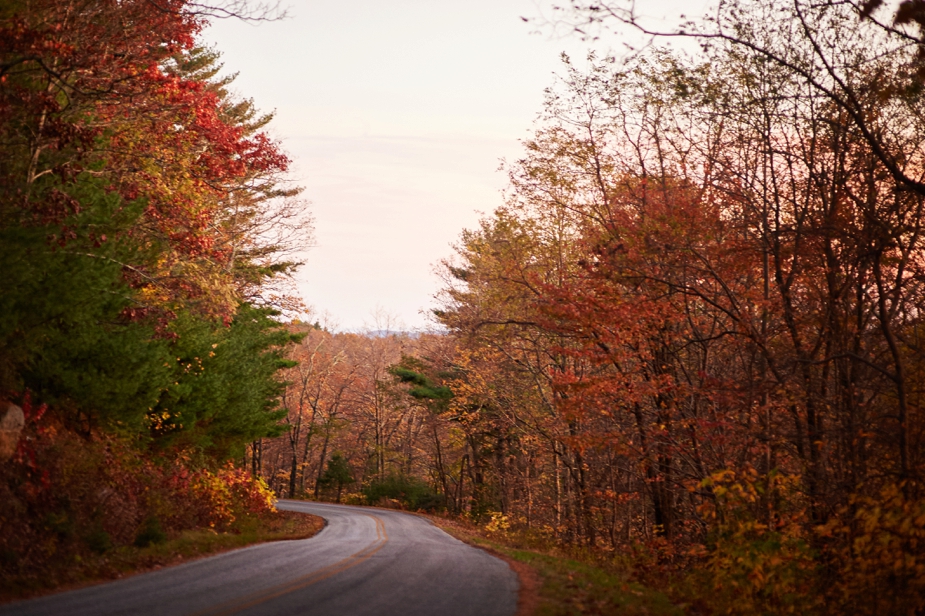

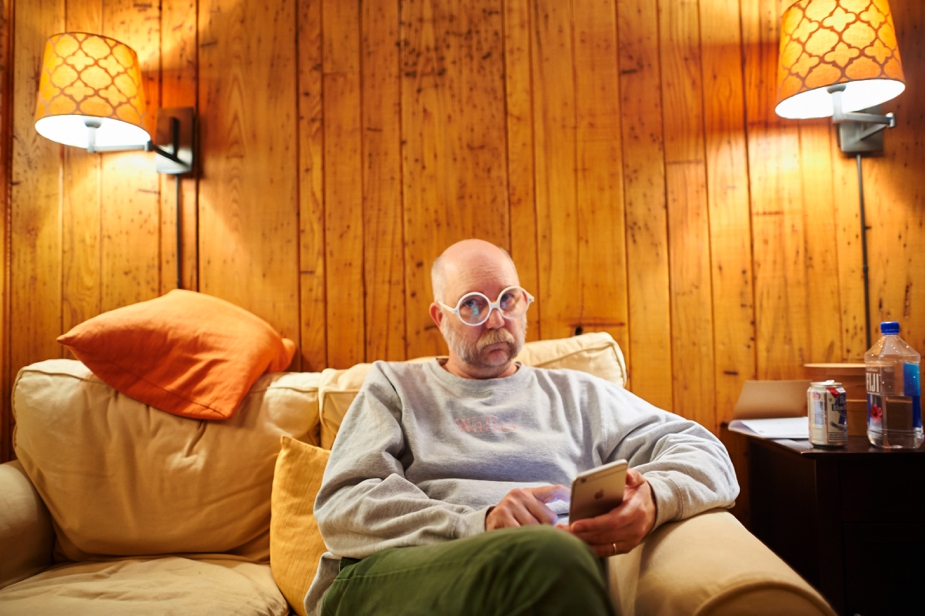
Hot Topics
I’m certain everyone in this workshop came out of curiosity to see two well-known art-mentors at work: to observe first hand the “magic” that has made them almost legendary for what they do. Lots questions had been bugging me, so I was really looking forward to getting a few answers. I had a reluctance to ask too many questions right out of the gate, with a week ahead. I tried to pace myself (and thank my fellow attendees for their patience). I’m an eager learner. We all had to list our goals and they were taped on the window the entire retreat. Here’s mine:
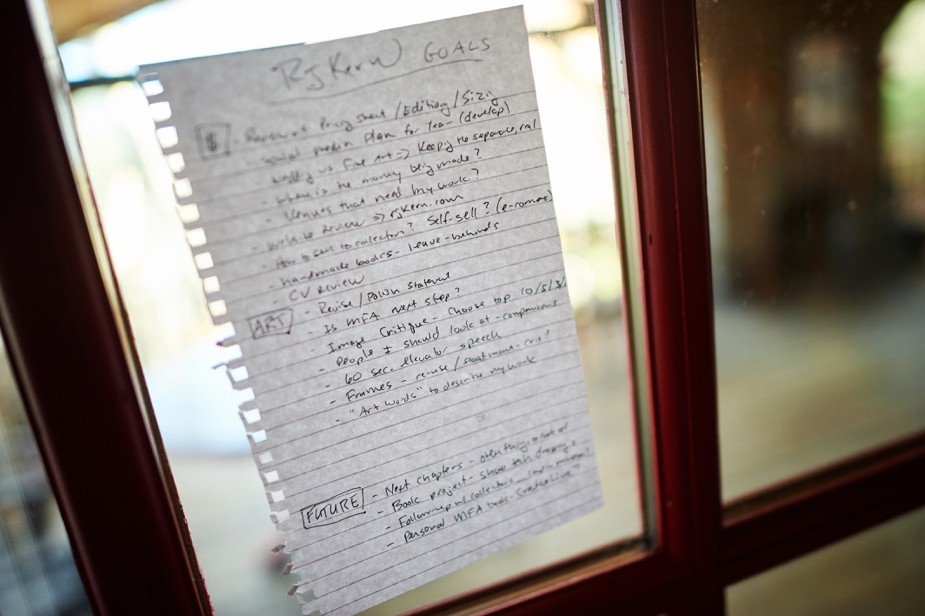
I took tons of notes. Lots of new names of people I had to research. And lots of success stories. And stories about the ugly side of the art world, too. I actually enjoyed hearing some of the rants, as that’s the stuff you often don’t hear about yet help fill in gaps of experience. We pretty much hit our goals, with the most useful being writing the artist statement, the one-on-one sessions, and the discussions about about exploring alternative funding ideas, nuances in the photographer-gallery relationships, learning the different sides of the publishing and costs, and great tips for cultivating collectors and different ideas of getting work out into the world. I didn’t expect having to master the art of the 30-second elevator speech about my work and demonstrate it in front of a real collector, but we did.
The point of art is to create pleasure. Art, like wine and life, shouldn’t be scoffed at with an overly critical eye. It should be enjoyed.
Having said that, listening to your inner creative voice is one of those journeys that often take a decade of experience to hone. Connecting dreams to reality often is a winding, mysterious path that looks like this:
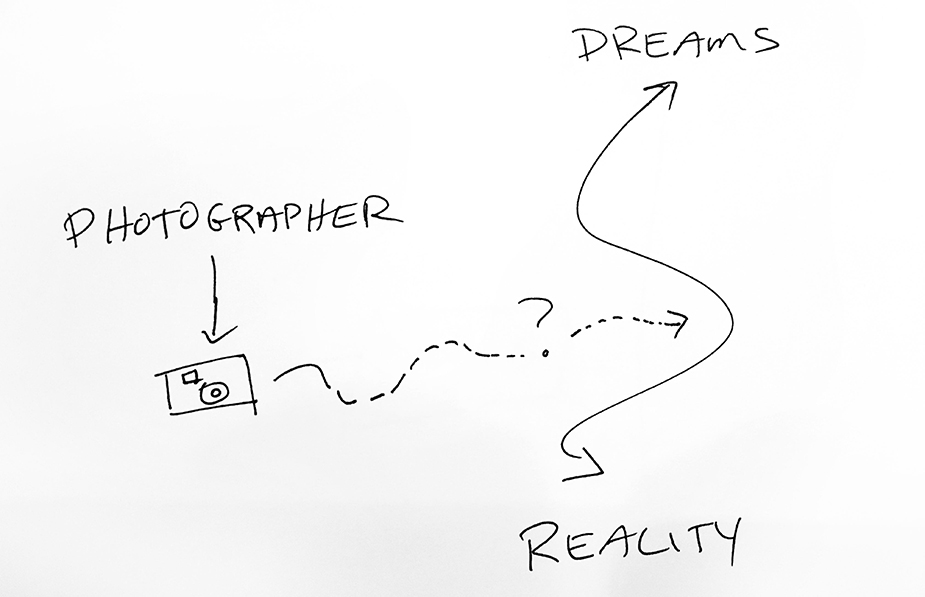
Note, there is no“arrival” in art, no ivory tower, no endless bounty of rewards for sacrifice. There is only the personal journey. Yet people make the journey more enjoyable. Sure, there the shortcuts that allow for a less frustrating and perhaps more efficient way to arrive at a particular goals set in your personal journey.
Nailing down those goals and creating a tactical plan for accomplishing those goals is one thing I walked away with greater clarity.
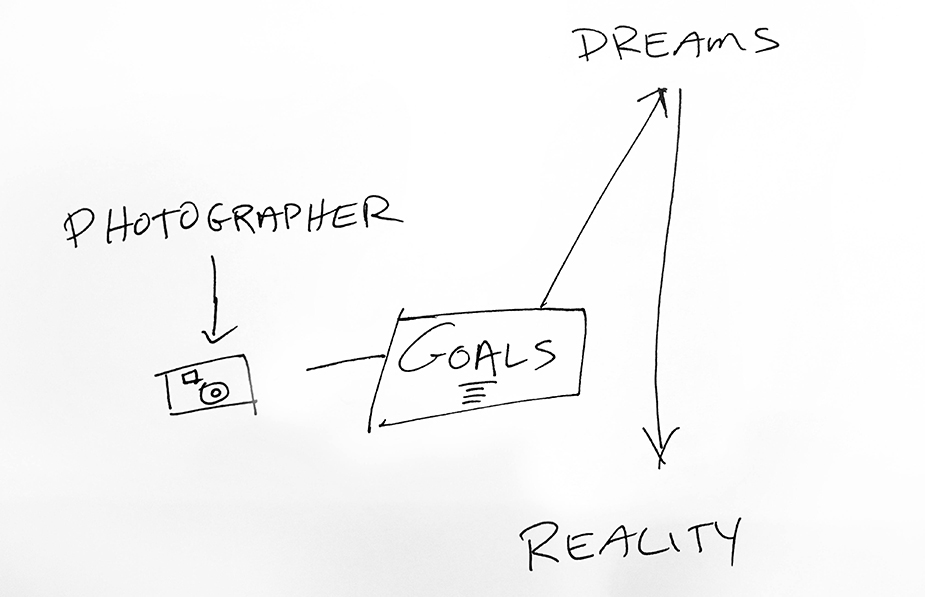
Highlight Experiences
Teamwork among the other artists was a cultivated component of the workshop. We cooked and clean-up after meals (together, for the most part) which enabled bonding.
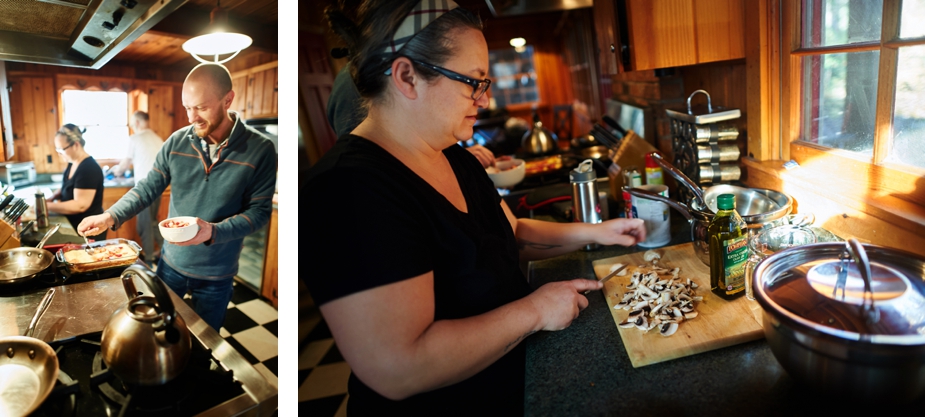
David Bram leading his edit & sequence of my work with Natasha was one of the things I most anticipated:
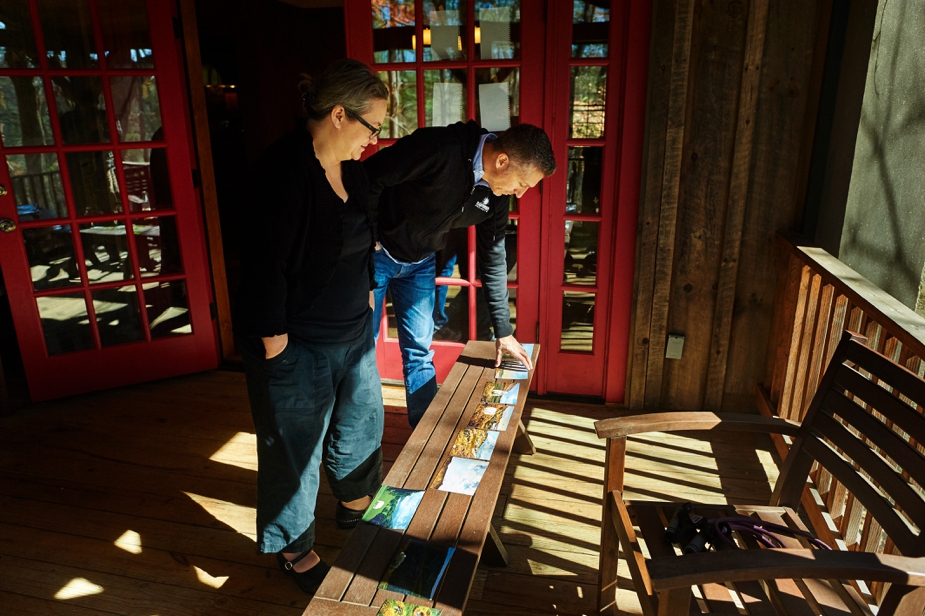
Re-writing an artist statement, something that usually takes 2-3 years in an MFA program and lots of beer, actually looked like this. Jennifer is keenly adept at this sort of practice, something that makes her among the unique Masters in our field.
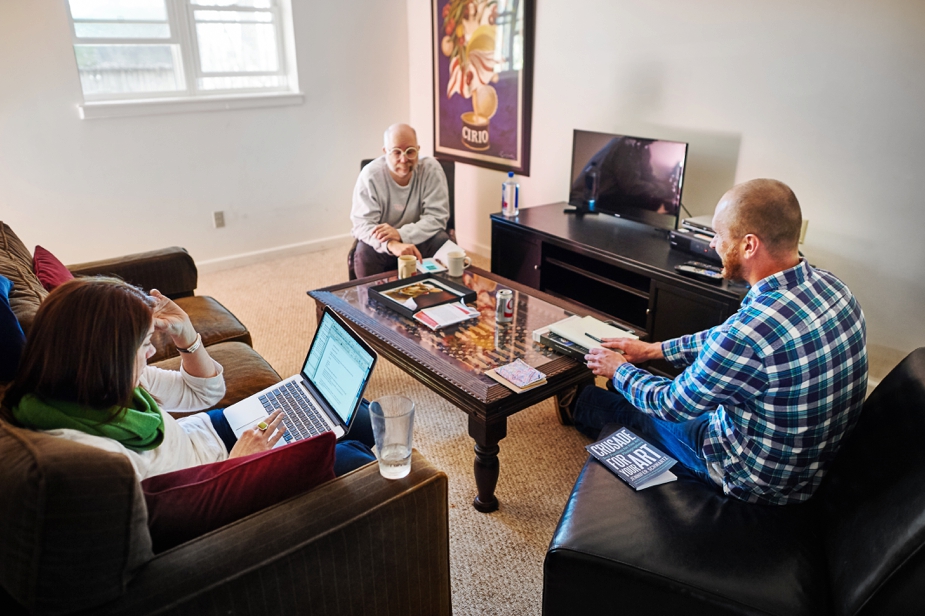
Seeing other editors work and their creative process in thinking was inspiring and a wonderful learning process for me. It isn’t easy being an editor, especially for a fine-art project going to print. Here is what the final process looks like:
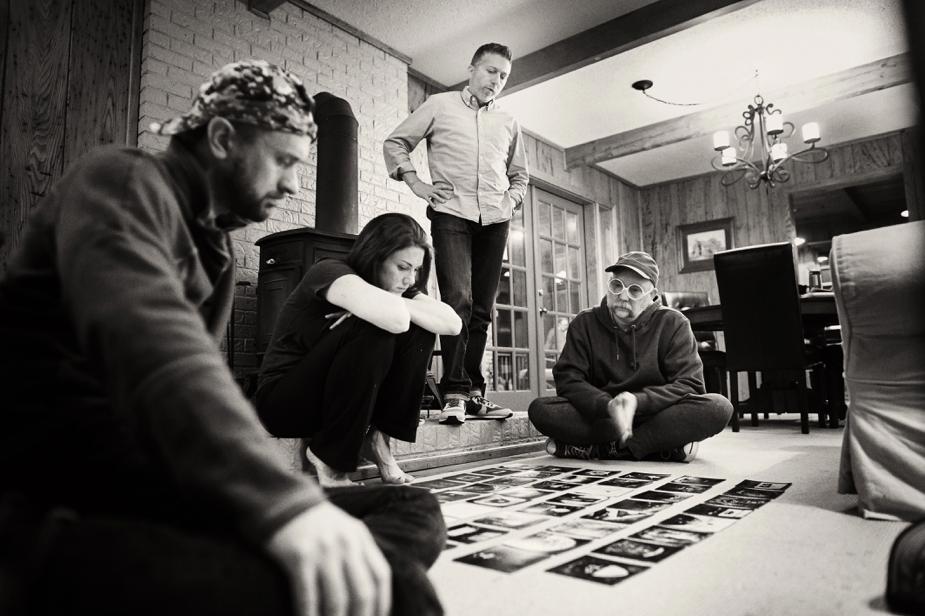
Of course we can’t take ourself too seriously! Jarvi had a great attitude and he is one talent photographer, too!
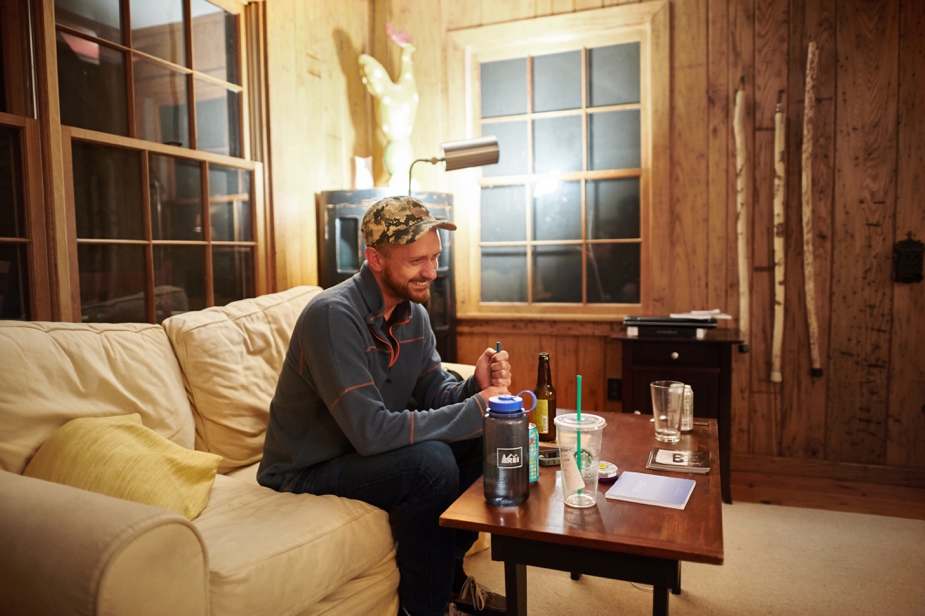
“Jim Philips Experience”
Jennifer and David had a few surprises up their sleeve, including a remarkable experience I’ll never forget: meeting with a collector interested in our work. Jim Philips loves collecting photography and has quite the collection. He and his wife, Donna, invited us into their beautiful home and offered us amazing spread of appetizers and remarkable wines. This was the capstone of what we were working towards: a target audience. This was game day and nerves were at a high, but we had each other for support and our sensei’s at our side to ensure we were prepared. This was the culmination of the work during the week, starting with refining our artist statements, then practicing our 30-second elevator speeches, and presenting a 5-6 image sequence and edit. Big deep breath in, and out… let the good (art) times roll!!!! There were many funny stories to share, but I will let the photos speak it.
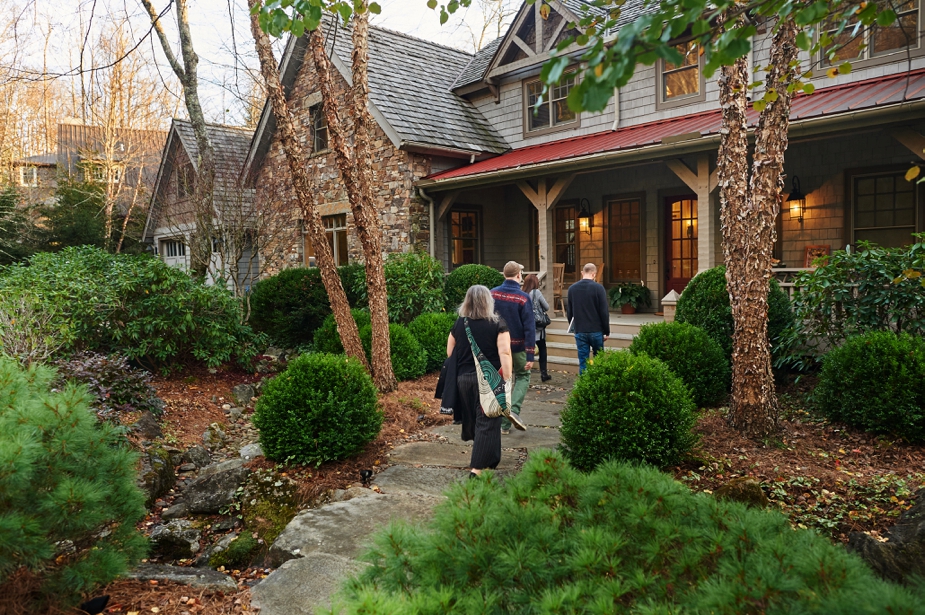
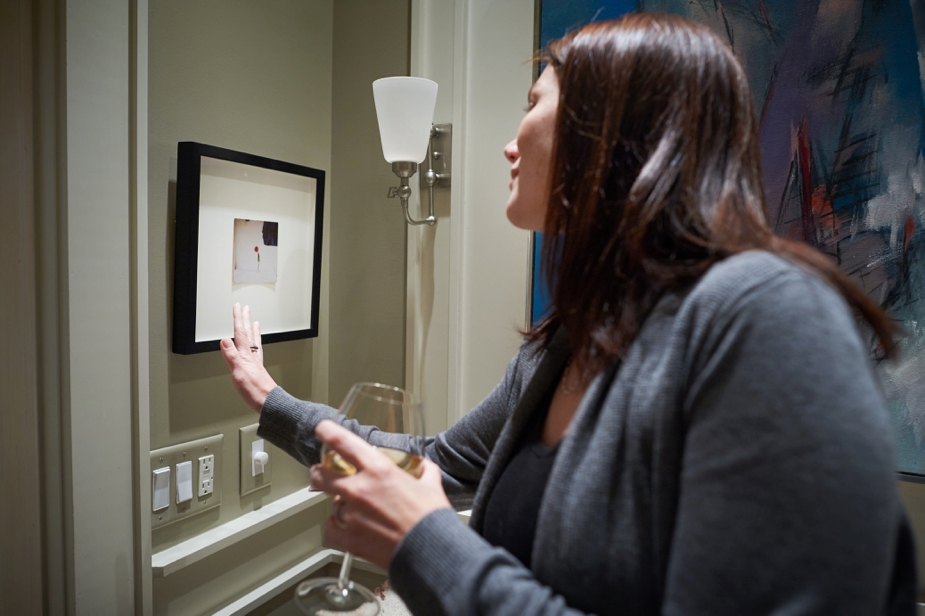
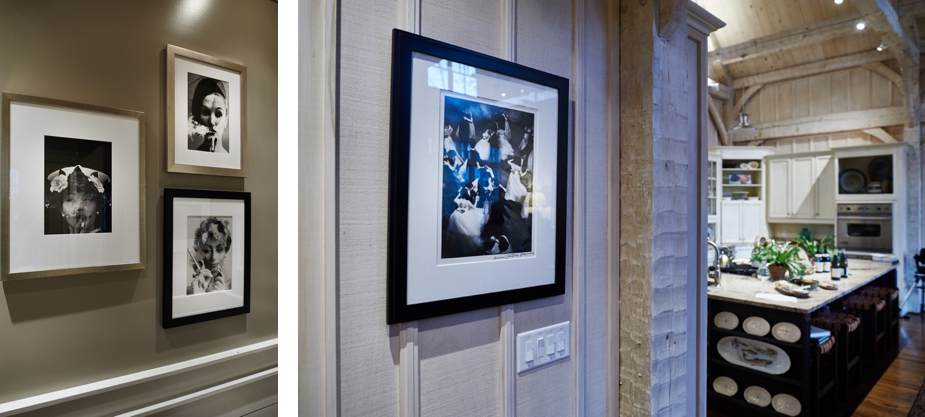
When I saw Henri Cartier-Bresson’s famous print, “Queen Charlotte’s Ball London, 1959,” which sold for $18,632 recently. As I was editing Kris and David’s wedding celebration images, I knew there was a timeless, romantic quality to their reception that struck a chord of familiarity to me. Then it hit me! Compare these next two images:
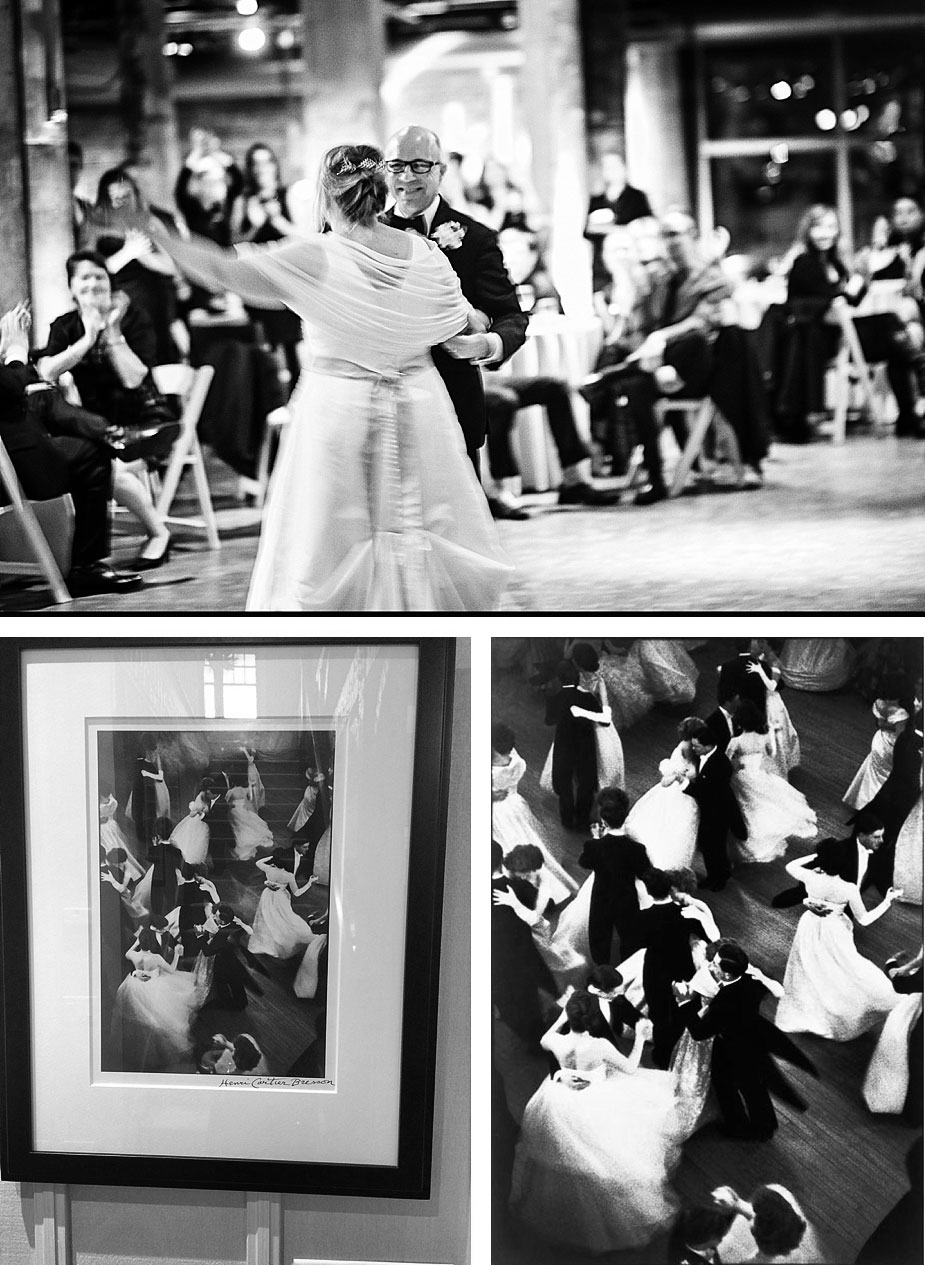
There’s my inspiration for ya!
Back to regular programming. Wining and talking art…
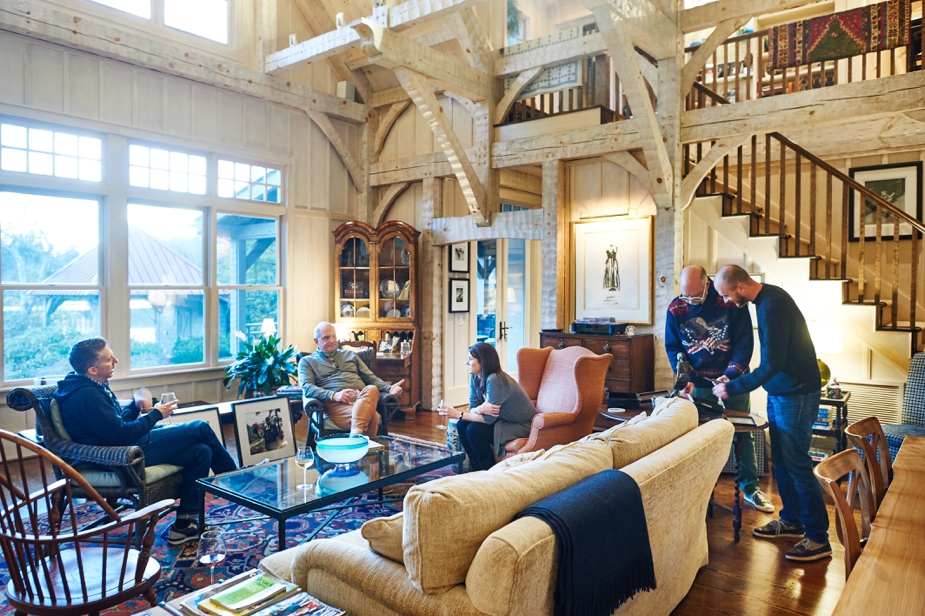
A unique packing gift to Nadia from Jim…
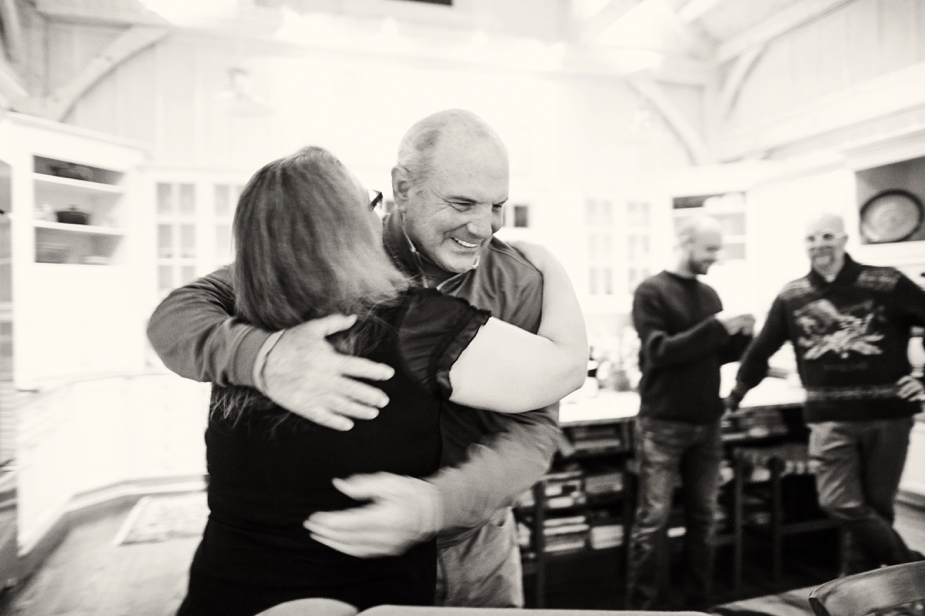
… which Jennifer still would love to steal (she also has quite the fine-art collection as well).
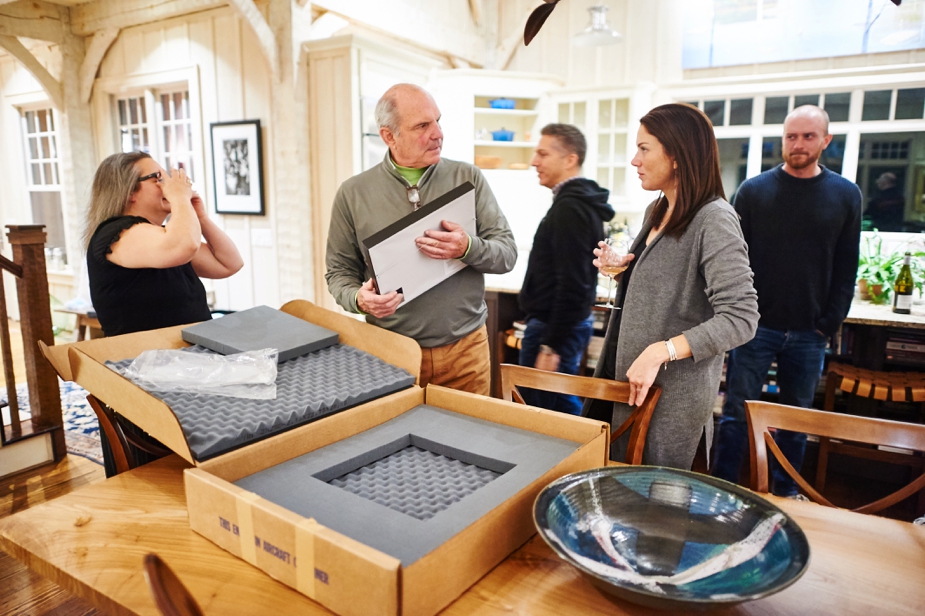
After a glass or two of wine, the nerves relaxed and it was on to “business.” Jim wanted to see our work… and we’ve been preparing all week to show him. Here goes!
I was proud of Douglas for his presentation, even though he is soft spoken and a man of few words, when he speaks, we listen. His images presented VERY WELL.
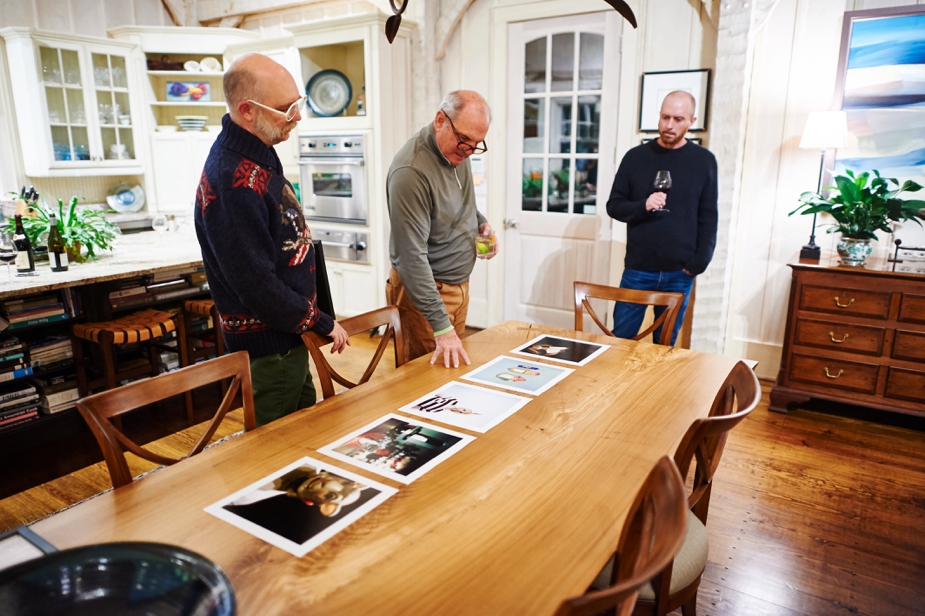
Jarvi doing his thing:
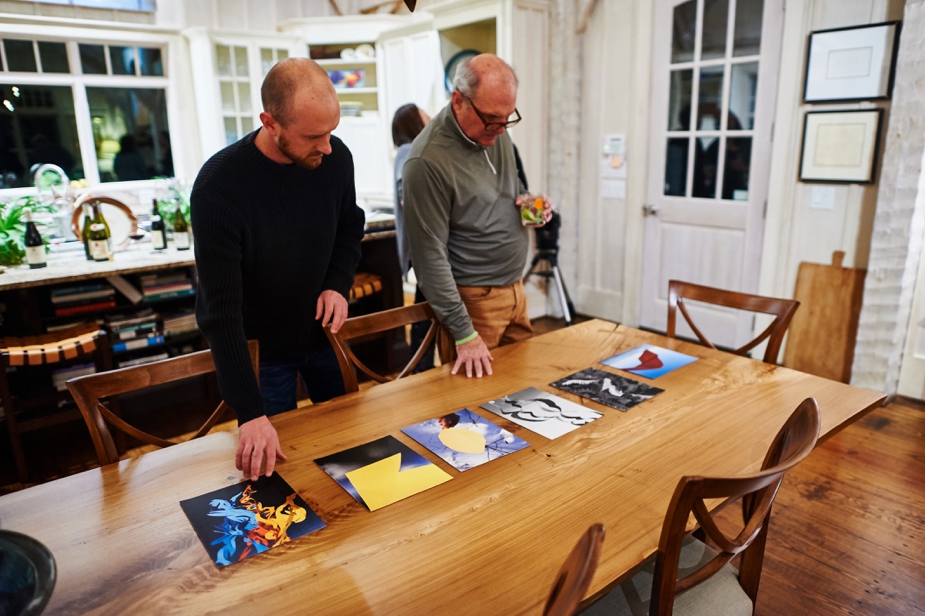
Natasha showing off her work inspired in part by packaging:
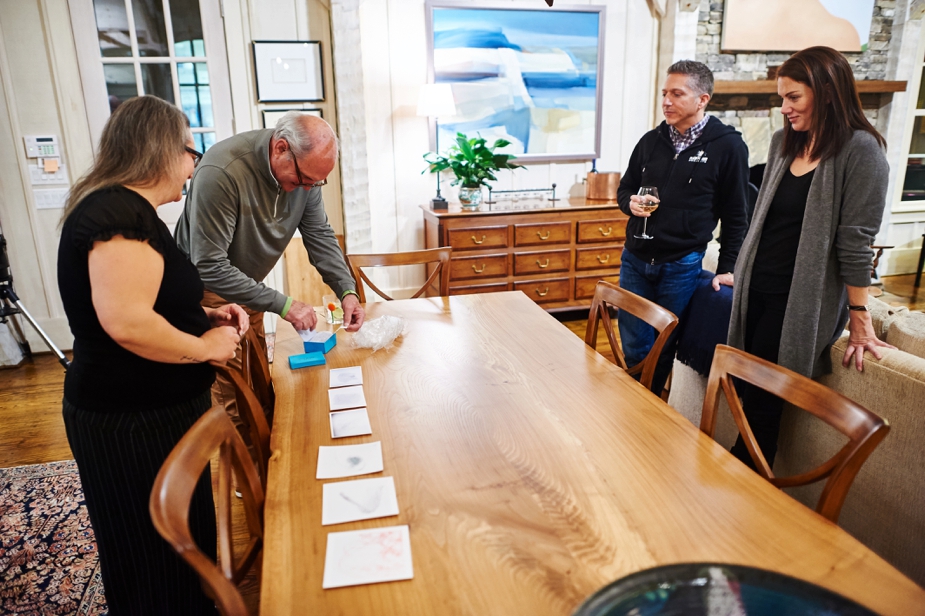
And me. This is right where the tires meet the road, one-on-one with a collector, practicing what I’ve been working on all week. Having good work is very important. Having excellent prints is even more important. And being able to succinctly present and talk about your work to a seasoned-enthusiast about requires confidence, a strong sense of self-awareness and self-criticalness, and the ability to know say can be seen in the work.
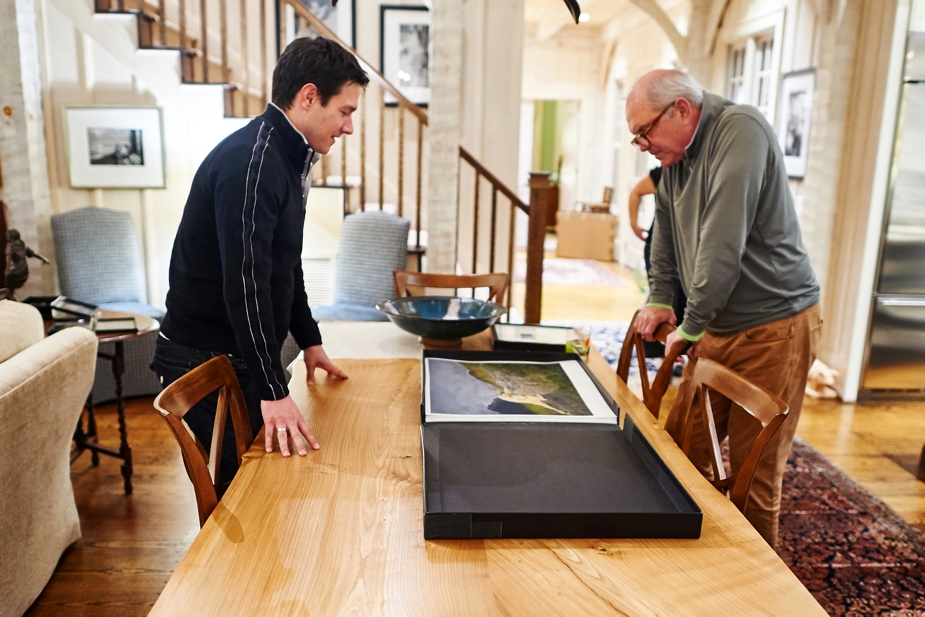
“Power Dotting”
Fast forward to one of my favorite exercises: “power dotting.” This process helped to me take a step back and see what images others thought were most effective. We often get so close to our images it is difficult to remain objective. This was a helpful process for me. Especially when it comes to selecting three or six images for a contest, juried exhibition, or grant proposal. Yet, going back to my executive summary: “Do work for you and no one else.”
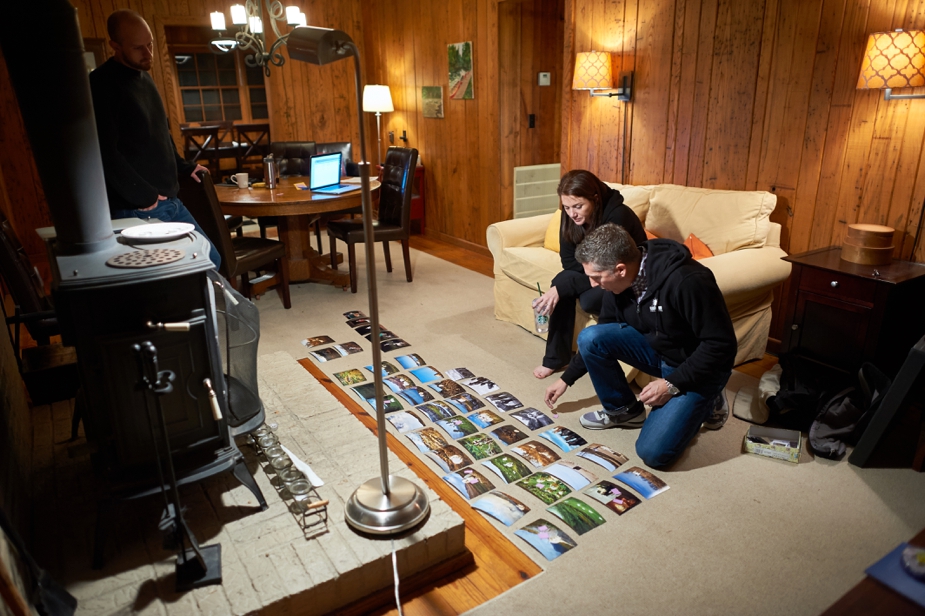
More purple squares = more votes
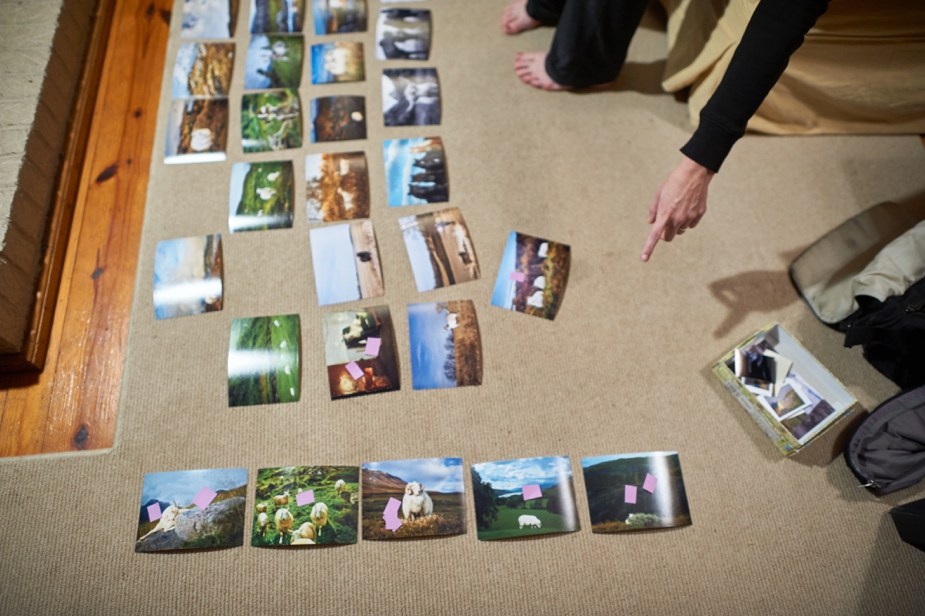
I went through a very similar process 10 months prior in choosing my selections for The Year of the Yang gallery show in February of 2015, interacting on many levels with esteemed colleagues and mentors.
Brené Brown, Ph.D., a research professor at the University of Houston, best know to many for her remarkable TEDx talk on vulnerability (most viewed TED talk), suggest taking a 1-inch by 1-inch piece of paper and writing down all the peoples names that matter to you, no one else. (read: Golden Nugget!!)
Create a Crusade For Art
This was one of my favorite motivation presentations by Jennifer Schwartz (my “spirit animal”). She’s poured her heart and soul into her Crusade for Art. I enjoyed her talk geared towards “connecting audiences and building collectors.” Pretty sure I took the most notes on this topic. We all had a good laugh at her Magic Formula for success in the fine-art photographer gallery world (Art + Chardonnay isn’t as good as Art + Connection for Success)
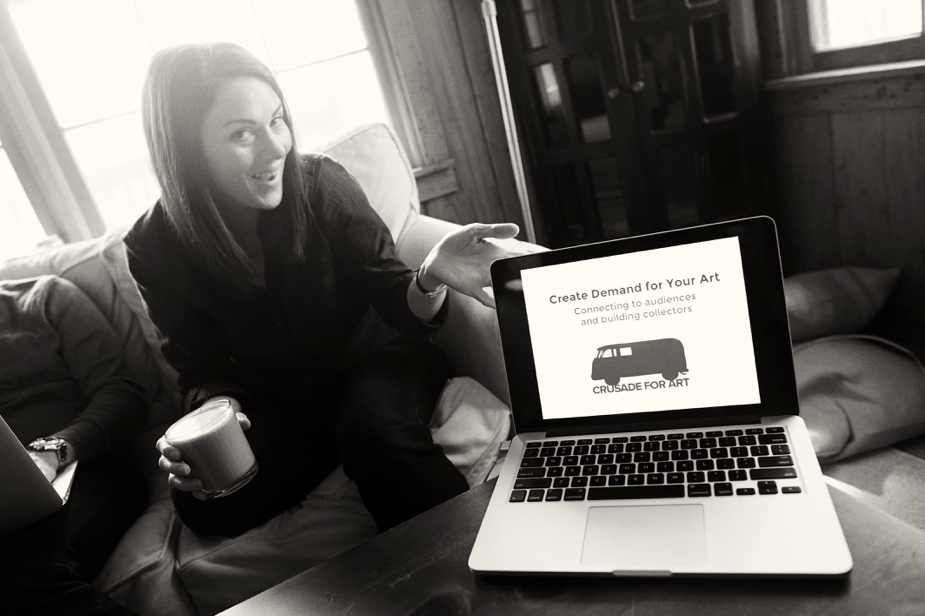
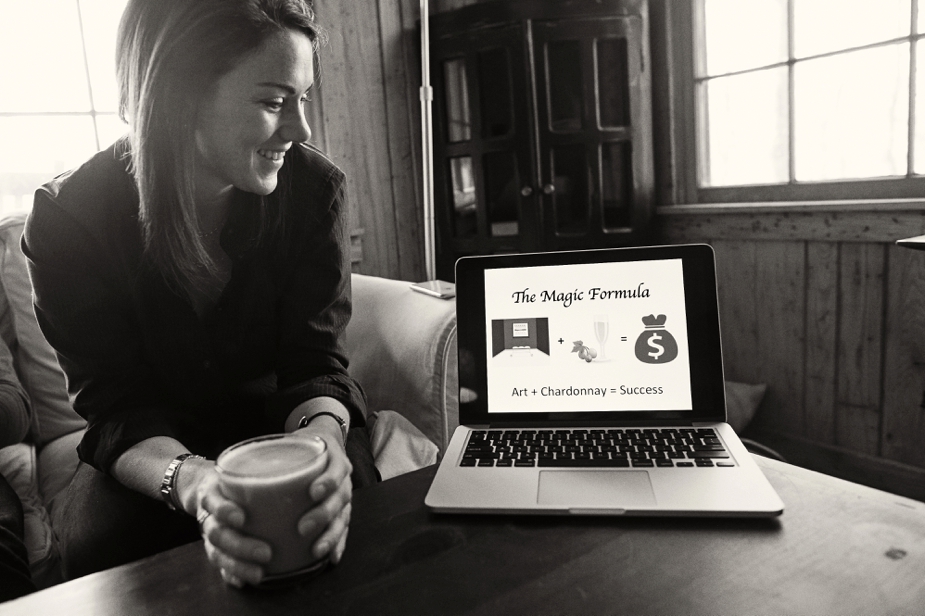
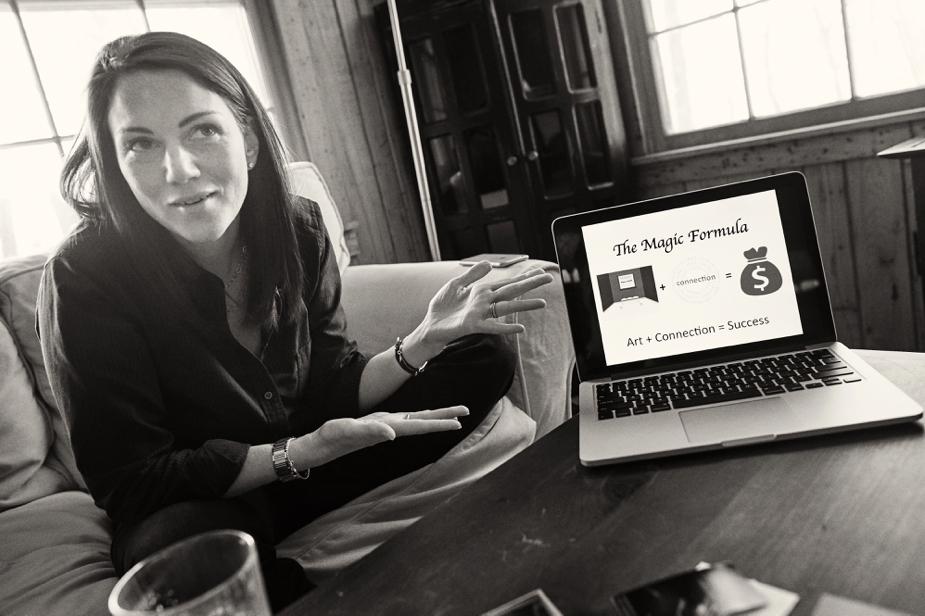
Key Experiences
As I think back, my first concern had to do with how to maintain optimism talking about passionate topics which we all haven’t really mastered. There are a lot of grumpies in the art & photo worlds. A lot of really nice people, too. Learning as a young Jedi, I will tuck these Art-Zen-Mastership lessons in my important folder for not only fine-art photography, but life:
1. Watch what you say. And whatever you say, practice it. Words carry weight. They can send someone in a downward spiral or raise them up with confidence. They can create peace or spur on war. It’s for this reason we should be very careful with what we say. We should practice what we say, too.
2. Do not regret the past, let it go, look to the future. We live in a society where mindful living and being present moment is ever more important.
3. Have the fearless attitude of a super hero and the loving heart of a child. When we approach our art, it is much like our approach to life’s work, our goals and challenges. We should go about it in the same way as we would see our super hero growing up would. Just don’t Hulk Smash a windshield. When we collaborate with others, we should approach the situation with the loving heart of a child. With compassion, comes understanding, mutual respect, and patience. A child doesn’t recognize the ego and status of a homeless person vs successful business person. The Golden Rule applies in the art world, too.
The workshop didn’t crush any photographers dreams, unlike the lens cap we found while exploring lingering light at the Highlands Plateau Greenway on our final night.

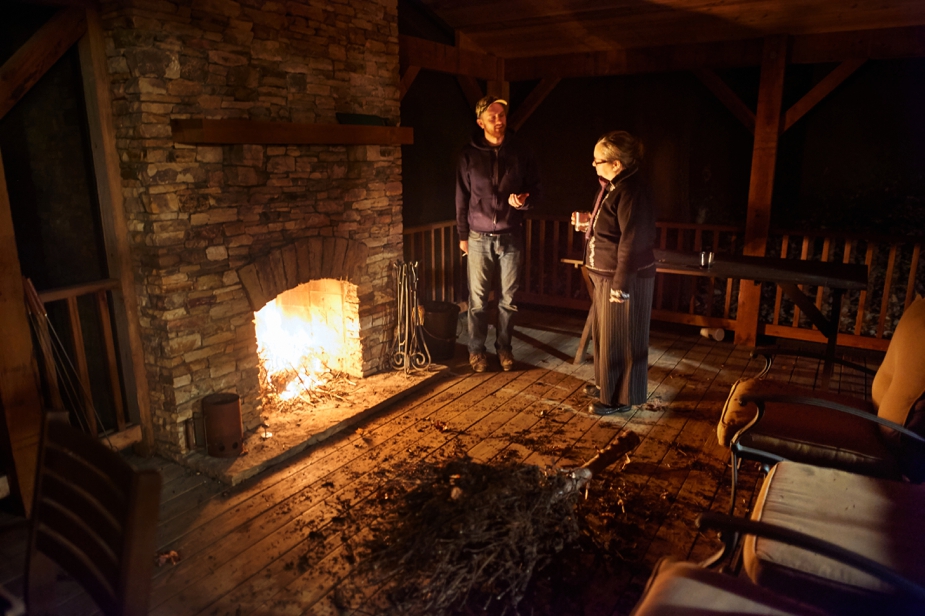

Overall impressions
Investing in workshop experience is tricky thing. You buy the intangible that comes in the form a relationship with an advocate. I felt I made some big changes in my website as a result. I was offered new perspectives and an opportunity to meet other fine-art photography friends. The work was intense. While I wasn’t expecting a “magical” or “transformative” experience, most artists agree they would rather have a root canal than write an artist statement. From that perspective, I would rather go to Flash Powder retreat ANYTIME instead of the dentist. Yet I still went and am proud of it. I like to think I’m healthier in the long-term, too.
The workshop wasn’t a haven for stressful times. There were times we were reminded to lock the doors, as the rural area we stayed at still had some rough edges. There was little freedom during the day to take a walk, and if you did you had to be smart. There were dogs down the street that were pretty aggressive (I’ve been chased and bitten by rural dogs in NC before, so I carried a stick and had no problems). Poor cell coverage. The food that wasn’t much better, mostly ingredients like cereal and coffee for breakfast and team prepared meals (and cleanup). I wish smoking wasn’t allowed on the patio. I’m glad I brought extra snacks, wine, and munchies to share. If there is one thing I have learned from my Burning Man experiences, you can make anything gourmet: It’s all about how you look at it. Self-awareness has taught me after hunger, comes grumpy. I also needed time away from the group, time to think, time to connect with the home front. It’s pretty intense to live in a house for 5 days with new people. Think MTV’s “Real World” blended with “Top Chef.” Yeah, pretty intense. I loved the after-hours discussions about everything not art, too. All good things in the end.
I wish this workshop experience came earlier in my career. Then again, I’m certain I wouldn’t have been as ready to get the most out it.
It’s been fun reflecting back on these experiences.
Onward!
RJ
Acknowledgements
Writing this post has shown me powerfully just how much I those in and around the world of art— not just generous David Bram and Jennifer Schwartz and the group of photographers I spent time with, but the host of family, friends, and collectors who offered their support for me and enthusiasm for my art. They devoted more than just a few minutes to me and my questing palate, especially my family. For that I am grateful.






One Response to “Flash Powder Projects {Workshop Review}”